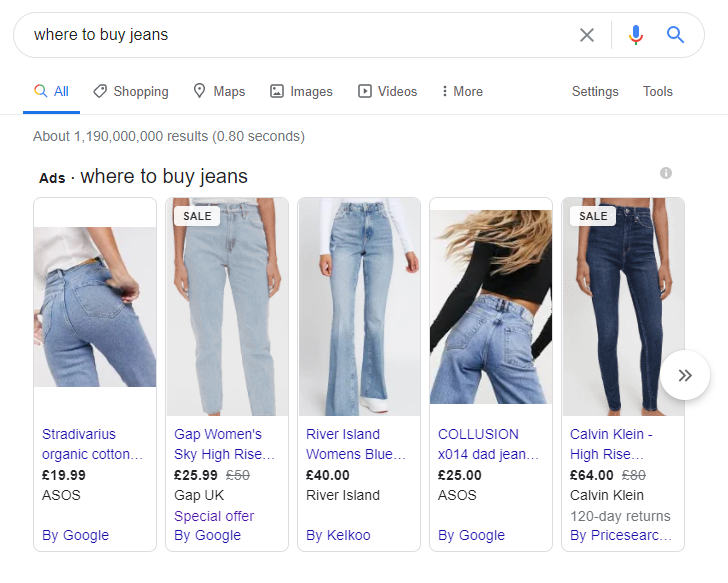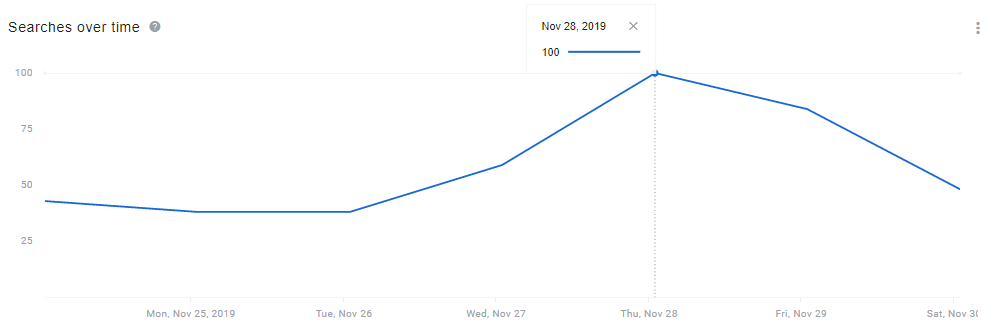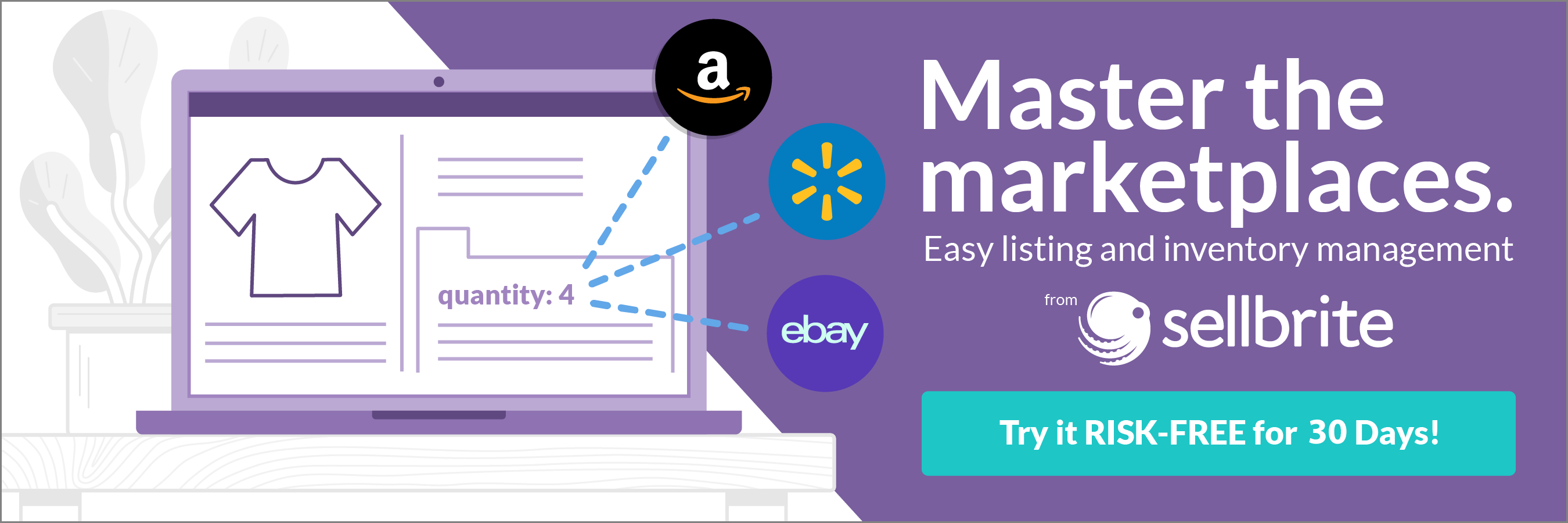An eMarketer survey found that ad spend on ecommerce is up nearly 40% since 2019 in the wake of the pandemic. Numbers don’t lie; everyone, including you, is fighting for consumer attention by investing more time and money. However, with new ecommerce stores being established every day comes more competition.
So, how can you stay ahead? Google Shopping Insights has some answers. In this guide, we’ll detail how you can leverage the Google Shopping Insights tool to improve your brand positioning and craft your strategy in practical ways that will generate positive ROI for your brand.
What is Google Shopping Insights?
Google Shopping Insights is a Google-made tool that aggregates data from all the brands under the Google Shopping network, combined with all the shopping-related search queries from consumers. Google Shopping Insights helps ecommerce sellers like you understand which products and brands are most popular among customers.
The site was first launched in 2015, but the version we know today launched in October 2018. In an article on the update, Google stated that the new version of Insights would increase the range of brands, products, and categories covered by the tool, allow users to compare brand popularity within specific categories, and provide personalized reports on trends on a weekly and monthly basis.
What are the main functions of Google Shopping Insights?
The main function of Google Shopping Insights for ecommerce sellers is to find data on what products and brands people are searching for on Google Search and Google Shopping. To learn more about the Google Shopping ecosystem, check out our comprehensive article. The site also allows you to:
- Compare products over a particular time. Using Google Shopping Insights, you can compare up to four products or product categories in one report to get search data on the time of the search up to one year ago.

Filter interest in products according to locations. You can also filter for specific regions within the United States (Google Shopping Insights is only available within the U.S.) that are relevant to your business.

Search for trends relevant to your product category. You can search for and subscribe to relevant products and categories. Users can receive up to 10 weekly and monthly reports on these categories, including data on which products and brands are popular or growing in popularity.

The weekly reports track which products are growing in relation to current trends, while the monthly reports show what direction different products are trending in, removing the effects specific seasons may have on these trends (for example, Black Friday or Valentine’s Day may affect the popularity of a product around those time periods).
- Understand which brands are important in different categories. You can also use Shopping Insights to understand the relative importance of brands within different categories and how consumers search for products — whether they are looking for specific products using broader shopping queries or using specific search terms for brands (i.e., digital cameras vs. Canon EOS 250D).
Why Use Google Shopping Insights?
As we mentioned above, Google Shopping Insights allows you to leverage information pulled from consumer search queries in Google Search and Google Shopping. This information is pulled from a large repository of brands as the platform contains data on over 55,000 products, 45,000 brands, and almost 5,000 product categories. In addition to its significant data bank, it also allows you to:
Conduct market research
Google Shopping Insights allows you to conduct market research because it shows you exactly what shoppers are searching for in their brand category. From there, you can better understand purchase decisions and, in turn, create a strategic advantage for your company. The tool is particularly helpful because it allows you to discover the broader search terms that consumers might use early in their shopping journey.
So, for example, a customer who wants new jeans but has no idea which brand to start with might begin her search with “where to buy jeans,” which pulls up a card that looks like this:

While the customer may not have known what she was looking for, having all this information available from one search term has shortened her customer journey, allowing her to make the most cost-effective choice at a glance. Google Shopping Insights then allows you to understand why a customer might go for the River Island jeans instead of the Stradivarius despite the higher price because you can compare the two brands and figure out the consumer’s preference for each.
Leverage competitive advantage
With Insights, you can compare the popularity of your products or product category to others according to location, brand, and search volume, allowing you to see who is doing better and develop a data-driven strategy on how you can surpass them.
For example, if you sell jewelry, you can search Insights for the product category that is relevant to you (“jewelry” as a broad term or more specific categories like “bracelets” or “necklaces”) and compare against competing product categories. Then, you can filter by location in order to target regions that you have a better footing in.

You can also see the search volume of your products on a heat map. With Insights, you can determine if you should focus on particular regions or even certain devices over others based on search volume.
3 ways to bolster your ecommerce store with Google Shopping Insights
Although it has many uses, it can be difficult to figure out where to apply the data you discover through Google Shopping Insights. You may use this tool to inform how you might lay out your website or develop your content based on the product categories that do well. Or you may use it to gain an advantage over your competitors and attract their customers.
We’ve outlined the best ways to use Google Shopping Insights to, as promised in the title, know exactly what your shoppers want.
1. Use insights to tweak overall strategy
Using Google Shopping Insights, you can discover how your relevant product categories perform at specific times of the year, in what regions of the country, and on what devices. This knowledge can help you decide where to focus your energy in terms of merchandising, marketing, and customer communication, as well as any other applicable business area.
Let’s consider a retail clothing store, for example. Using Insights, they can see which product category they carry is the most popular. Using three brands of men’s jeans as our data points, here’s how they stack up against each other:

From the above screenshot, it looks like shoppers consistently look for Levi’s more than the other two brands. With this information at hand, there are a number of actions that will maximize sales on each of these products in stock. You could prioritize the order in which these products appear on your ecommerce store.
Then, because Insights also shows you the popularity of a search term by location, you could create a landing page to target people from specific regions according to product preference. If we break down the above example by location, you’ll see there is a clear distinction in which regions prefer which brands.

Wrangler is more popular in Wyoming, Levi’s in California, and Lee in South Dakota. This distinction helps you create specific and targeted communication for customers in each of these locations.
By putting relevant products in front of the customers right away, there will be fewer clicks from the awareness to the decision stage, as well as a clearer path for the customers to make purchase decisions.
2. Fine-tune your ecommerce store
You can use Insights to improve your user experience — always an important consideration for retailers. Everything from the website to the mobile app and the number of clicks it takes to make a purchase can affect the interaction of customers with a brand. Here are some ways you can use the Google Insights Shopping tool to improve your ecommerce store:
- Provide relevant recommendations. Add popular items in your product category to the “similar products you can shop” tab or its equivalent in your store. For example, based on the chart we saw earlier, you may include the popular Levi’s 512 as an “other product” on your Lee and Wrangler product pages.
- Optimize for popular products. Use the full name of trending products in relevant page metadata and product description copy. You shouldn’t rely on shortened names or images to push the products you’ve pinpointed as your store’s focal point.
- Optimize your site for mobile shopping. The screenshot below shows that customers are primarily searching for all of the product categories we used in our previous example using mobile devices.

Statista estimates that 53.9 percent of all retail ecommerce in the U.S. will be generated via mobile by 2021. This, combined with the data above, is a clear sign that you should prioritize a mobile-first approach for your ecommerce store (if you haven’t already done so). Your website needs to be responsive to let your customers view your products on whatever device they prefer.
3. Understand customer buying patterns
Google Shopping Insights can help you gain a better understanding of what your customers’ buying patterns are according to what location they are in, what season of the year it is, and more. Your customers in California might be searching for different brands within a specific product category than those in North Dakota.
For a deeper example, Insights allows you to filter by most major shopping seasons of the year. In this instance, we’ll check the dates around Black Friday in 2019 (which happened on November 29) against a search for “video game consoles” as our example:

The graph above shows a sharp rise in searches for the keyword “video game consoles” days prior, particularly on the 28th, the day before Black Friday. Sales surged and then tapered off as stores ran out of stock or discount codes stopped working. Customers are always on the lookout for the best value for their money, and so ecommerce sellers should have their fingers on the pulse of trends as they occur, so they can take advantage of events like these.
Your Customers are Always Changing — Adapt with Them
Your customers’ needs and behaviors are constantly evolving, and so the insights provided by Google Shopping Insights are never static. All this to say, Google Shopping Insights is not a tool you can use once and subsequently abandon — not if you want maximum results from it. Think of it as a strategic tool that can help your business evolve over time.
You always want to keep checking to learn how you should adapt your business to suit your customers so that they don’t churn, as even the most loyal customers will leave if they can’t pinpoint the value of your product(s) over others or are simply being served better by your competitors.



